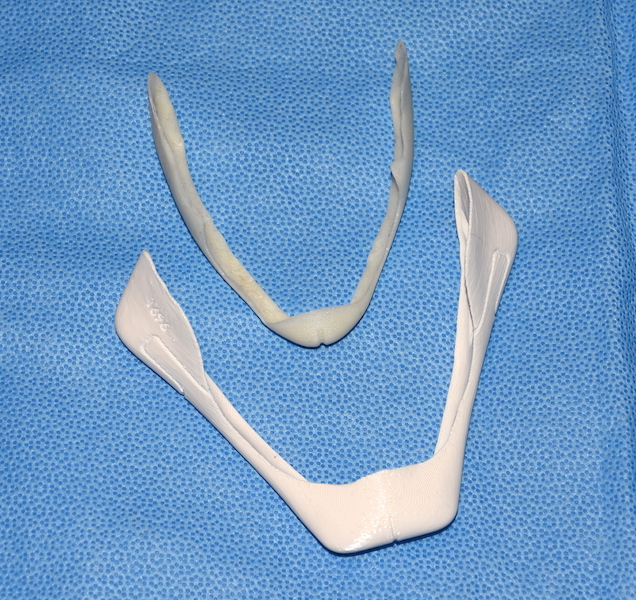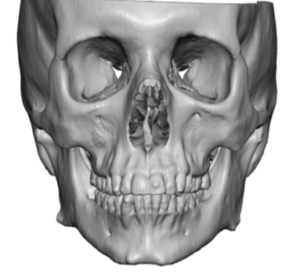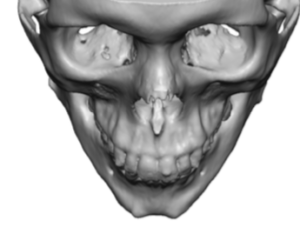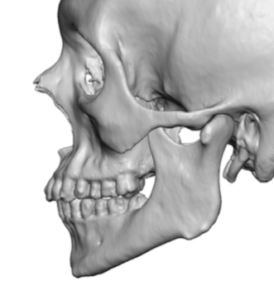The chin has long been an aesthetic lower facial focus for men and women for decades. Creating a greater chin prominence can be done with a wide variety of standard chin implant styles and sizes with variations in their use based on an appreciation of male and female chin shape differences.
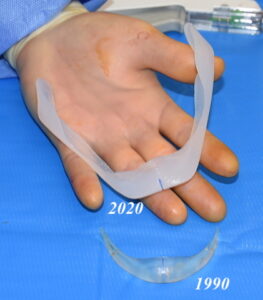
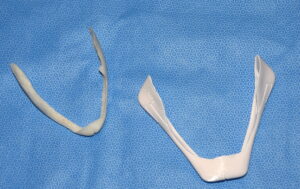
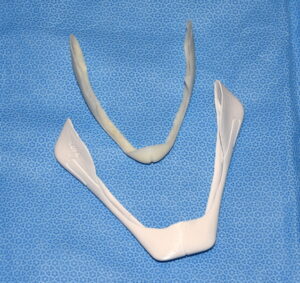
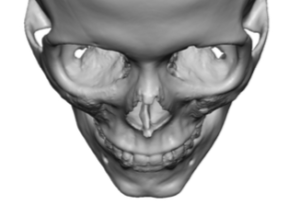
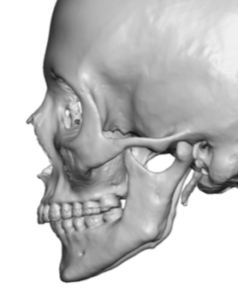
While a custom jawline implant is an effective lower facial augmentation method, there are significant gender differences in both bony jaw anatomy as well as desired aesthetic shape outcomes. Squaring out the jawline with a stronger appearance isoften how men may define their aesthetic goals. Conversely women usually desire a more v-shape jawline that has a smooth linear connection to jaw angles that are more vertically evident but not necessarily much wider.
Dr. Barry Eppley
Indianapolis, Indiana

